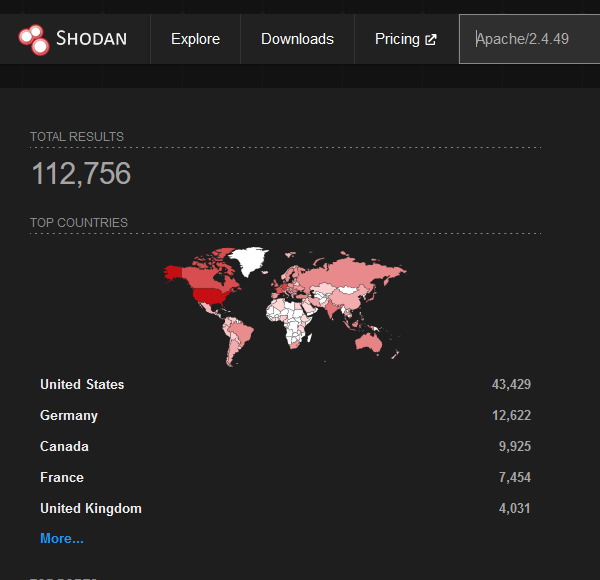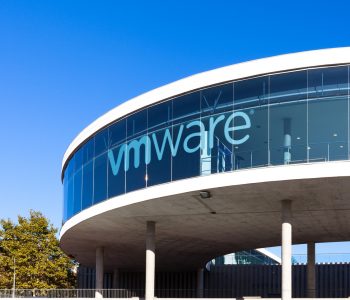
If I was looking for entry level jobs in…
Sales darling, it’s all about sales. It’s a harsh but true part of the world where you need to be able to sell. I’m not talking about business to business or hunters, farmers etc. I’m talking about being able to sell to someone that you are the right person to help them and their organisation.
Now this isn’t easy in the middle or tail end of a career let alone when you are starting off. But let’s for a minute role play and look at what I would do if I was new to the cyber world and was looking for a role?
This isn’t meant as a guide, it’s off the back of a convo I’ve just had with someone struggling in the job-hunting space. So, it’s a rough brain dump from me. The key thing I would say is: Read more “If I was looking for entry level jobs in cyber security – what would I do?”







